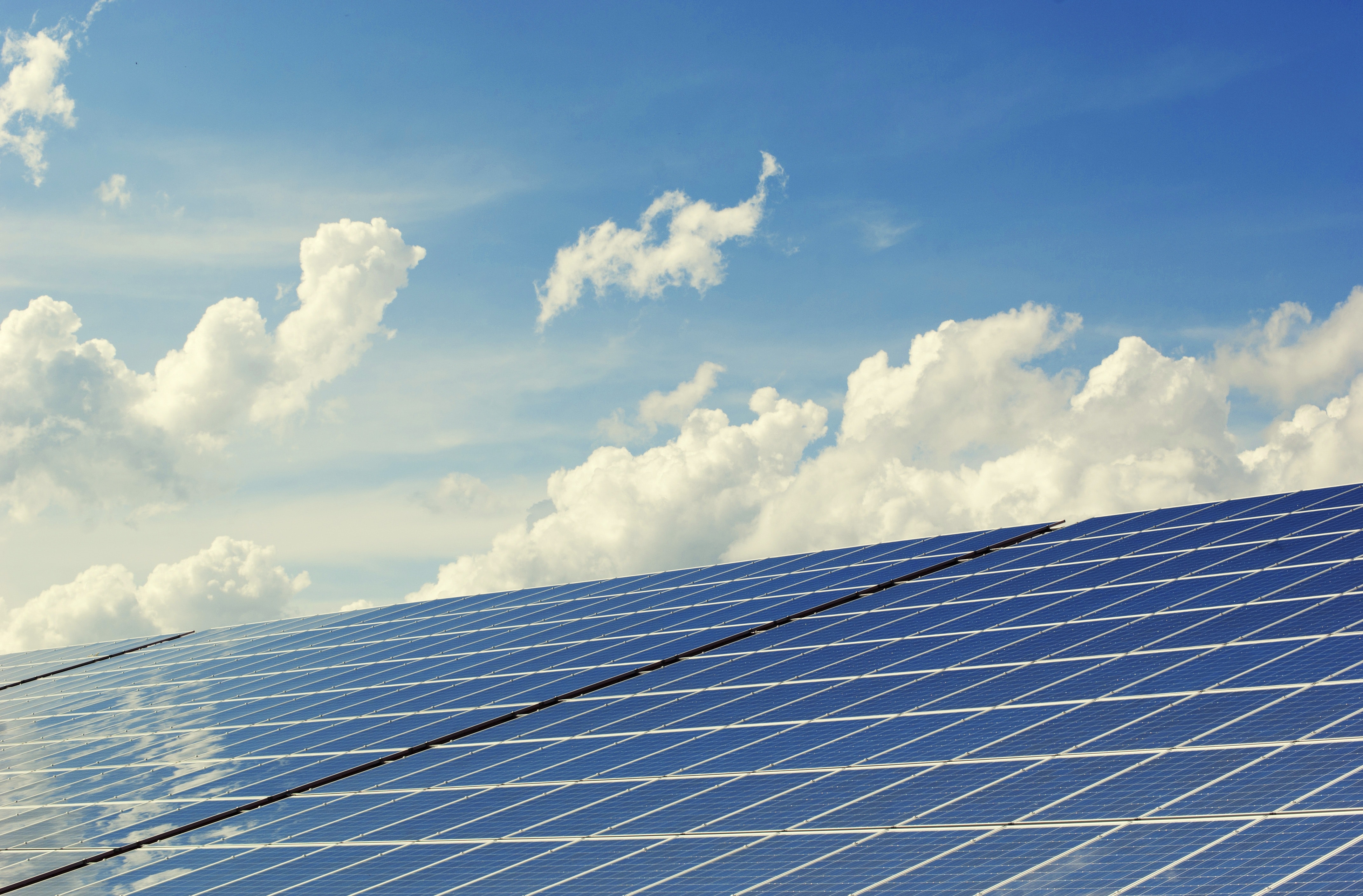LEDs: Lighting The Way To Major Energy Savings
Eric Savitz Eric Savitz , Forbes Staff
Guest post written by Chuck Swoboda
Chuck Swoboda is CEO of Cree, which makes LEDs and LED lighting products.
Chuck Swoboda
President Obama set what he considers an ambitious goal for reduced energy consumption during his State of the Union address Tuesday night: “Let’s cut in half the energy wasted by our homes and businesses over the next twenty years.”
Why wait so long?
The technology and economics to achieve much of this goal exist today. One of the most antiquated devices wasting power in your home right now is the light with which you’re reading this article. Your incandescent bulb is based on technology that is more than 130 years old, a light source that converts most of the bulb’s energy to heat rather than light.
American companies that build lighting based on modern technology – LEDs (Light Emitting Diodes) – can enable consumers to save money and slash their electricity usage for lighting by as much as 80 percent. Today. That change can achieve much of the President’s goal since lighting accounts for nearly one-fifth (19 percent) of electricity spending in the average household, according to the U.S. Department of Energy.
As consumers, we already rely upon LED lights in our cell phones and HDTVs. The barrier to the widespread use of efficient LEDs for lighting has been the high upfront cost of LED fixtures and bulbs. But now advancements in technology are dramatically lowering prices, so much so that a sub $10 LED bulb, which delivers brilliant, high quality light for more than a decade could soon be a reality.
LED lighting is already cost effective – extremely so – for businesses and municipalities.
The City of Los Angeles is saving $5.3 million annually thanks to the Green LA initiative that has thus far replaced 114,000 high-pressure sodium street lights with LED lighting, the nation’s largest such project. Once completed, Los Angeles anticipates LED lighting will save taxpayers $10-million-a-year, nearly two-thirds of what the city had been paying for lighting its streets.
Sheetz, the convenience store and gas station chain, ranked 61st on Forbes Magazine’s List of America’s Largest Private Companies, has installed LED interior and exterior lighting at more than 130 of its locations across six states. The energy savings: 45 percent on interior lighting, and as much as 55 percent on exterior lighting that illuminates Sheetz’s gas pumps. As expenses drop, LED lighting is helping boost top-line growth, according to Sheetz, which reports customers find the brighter facilities more visually appealing and perceive them as safer.
Such examples explain why LEDs accounted for 8 percent of the U.S. lighting market in 2012, according to McKinsey & Co., primarily in street lighting, retail and office environments.
Now it’s the consumer’s turn.
Fundamental advances in LED semiconductor technology, optics, and lighting system design now enable LED lights to break century old cost and performance barriers that have prevented consumers from realizing the savings businesses and municipalities already enjoy. While a typical incandescent bulb uses 60 watts of power to generate light, the current state of LED technology can produce the same light for less than 10 watts. A better, more efficient product means less expensive light. To a consumer, this means saving money – significant amounts of money.
As the cost factor shrinks, adoption of LED lighting climbs. The industry’s current rate of cost reduction could result in a doubling of LED lighting adoption over the next year. The shorter the payback on the upfront expenditure, the more likely consumers will choose LED lighting. We’ve already seen this trend in commercial lighting markets. As we approach price parity with traditional lighting, any remaining barriers for commercial and consumer adoption should continue to diminish, and we believe the rate of adoption will accelerate.
Not only does this trend result in better lighting that saves Americans money and time (imagine not changing a bulb for more than a decade), but it will also eliminate a tremendous amount of physical waste. According to IMS Research, collectively, 5.6 billion bulbs light American households and businesses, including 4.2 billion incandescent bulbs and about 1 billion compact fluorescent (CFL) bulbs that contain toxic mercury. More than 1 billion new bulbs are purchased every year.
The President’s own U.S. Department of Energy predicts the switch to LED lighting over the next two decades could save $250 billion in energy costs. There’s no need to wait.





